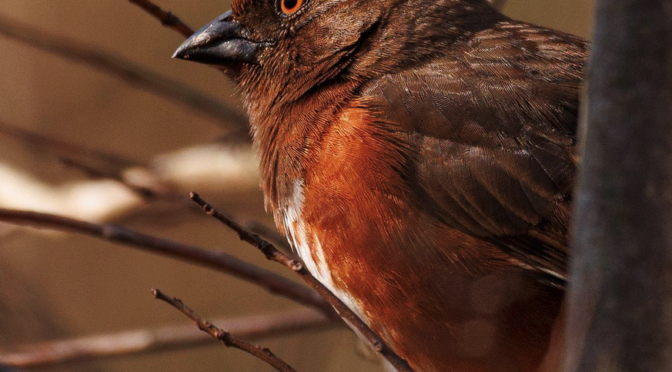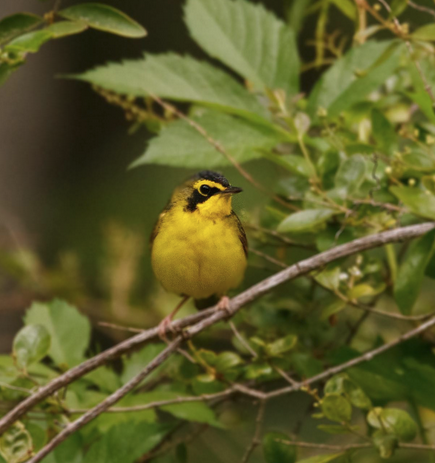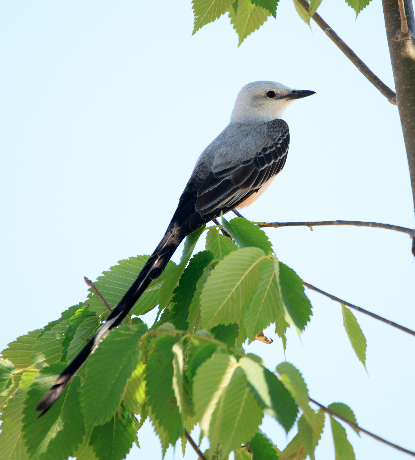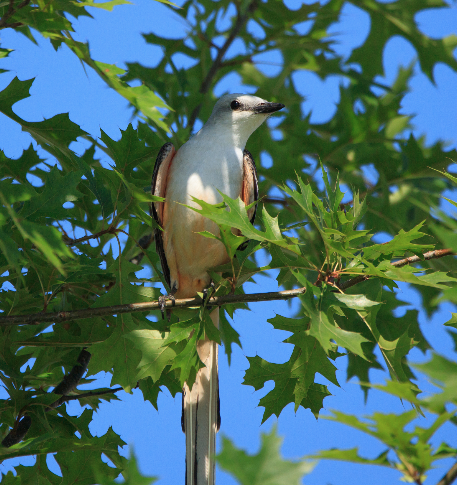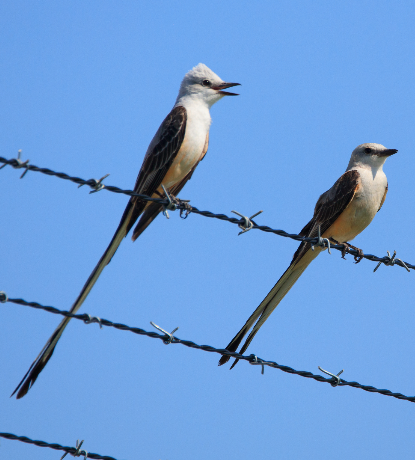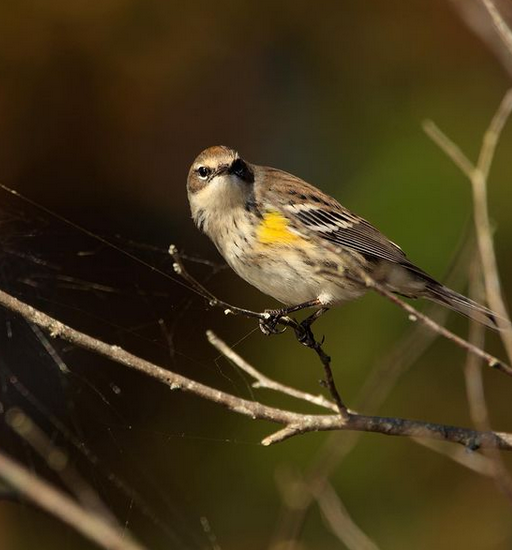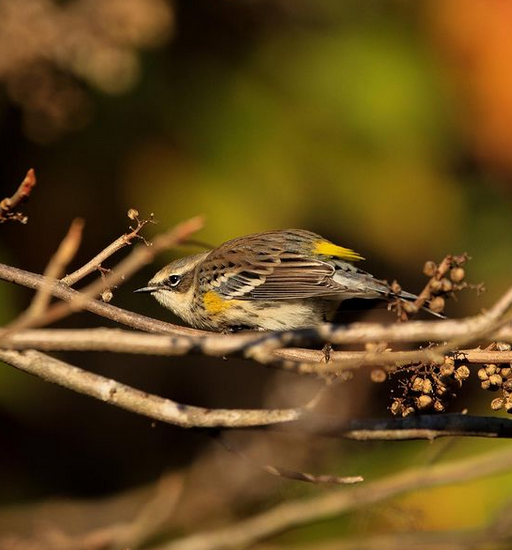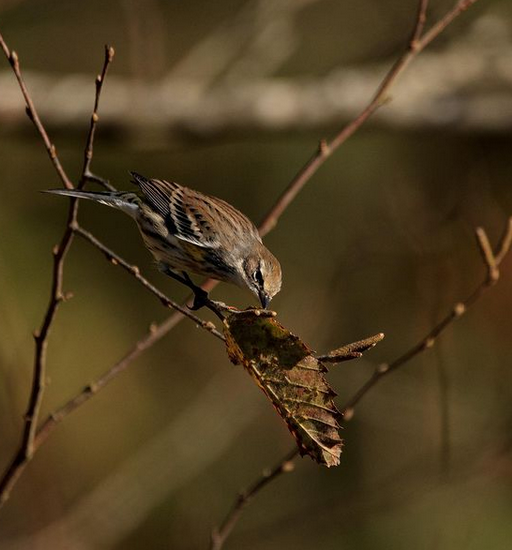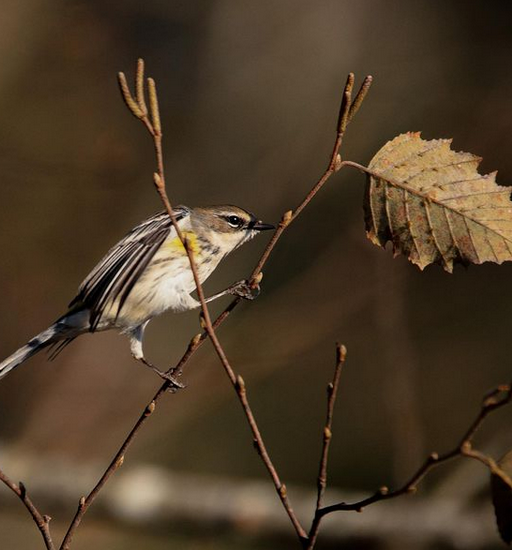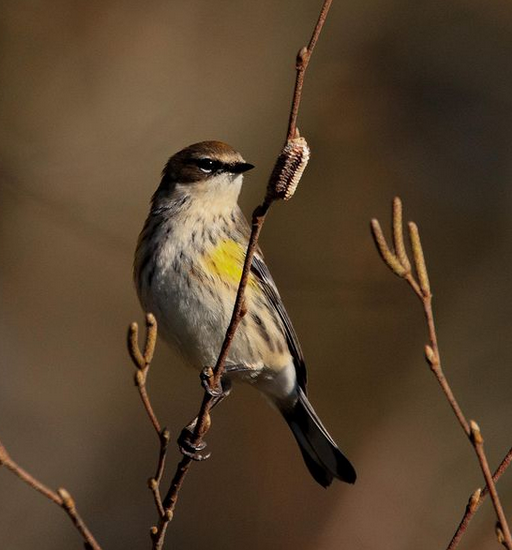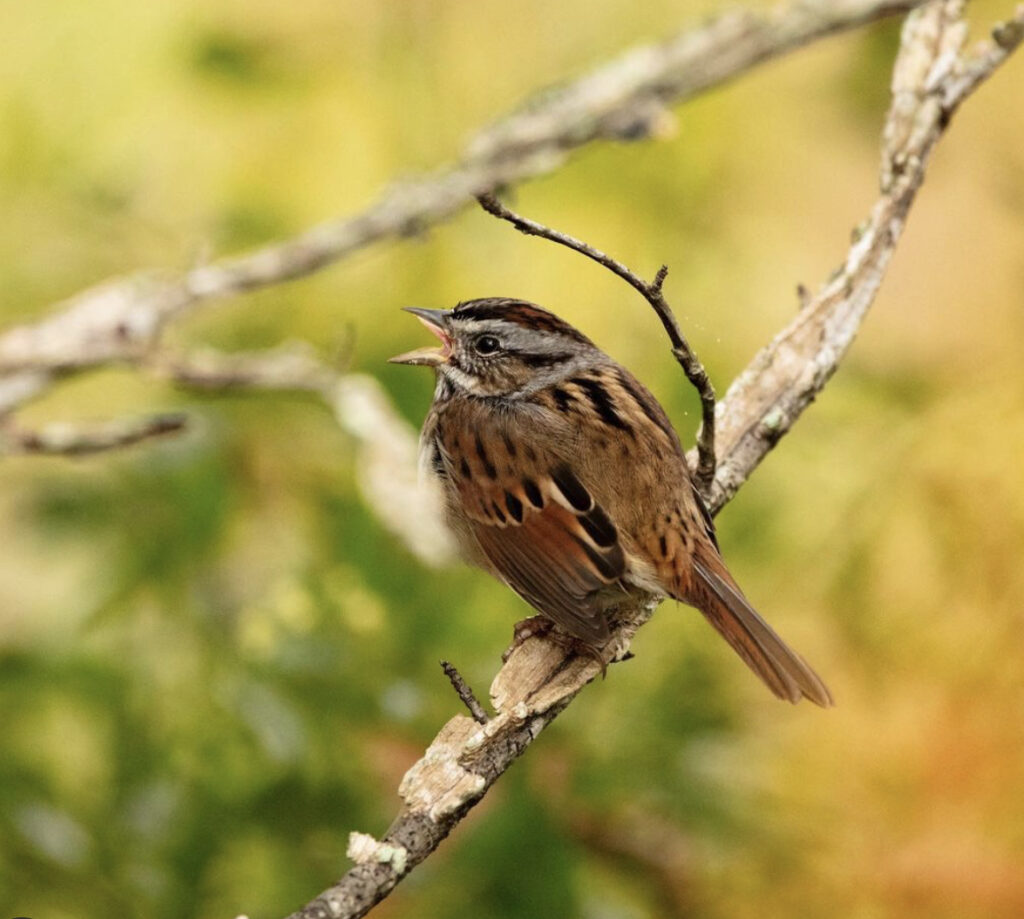By Sally Siko
When walking through the woods of the Weymouth Woods Sandhills Preserve in central North Carolina, the air is filled with sounds of bird song, most especially so via the Eastern Towhee.These handsome birds are quite vocal and are relatively easy to find by their familiar “drink your tea” calls emanating from the brush. Occasionally they’ll pop out from the tangled undergrowth to provide you with a good look and may even follow you on the trail.
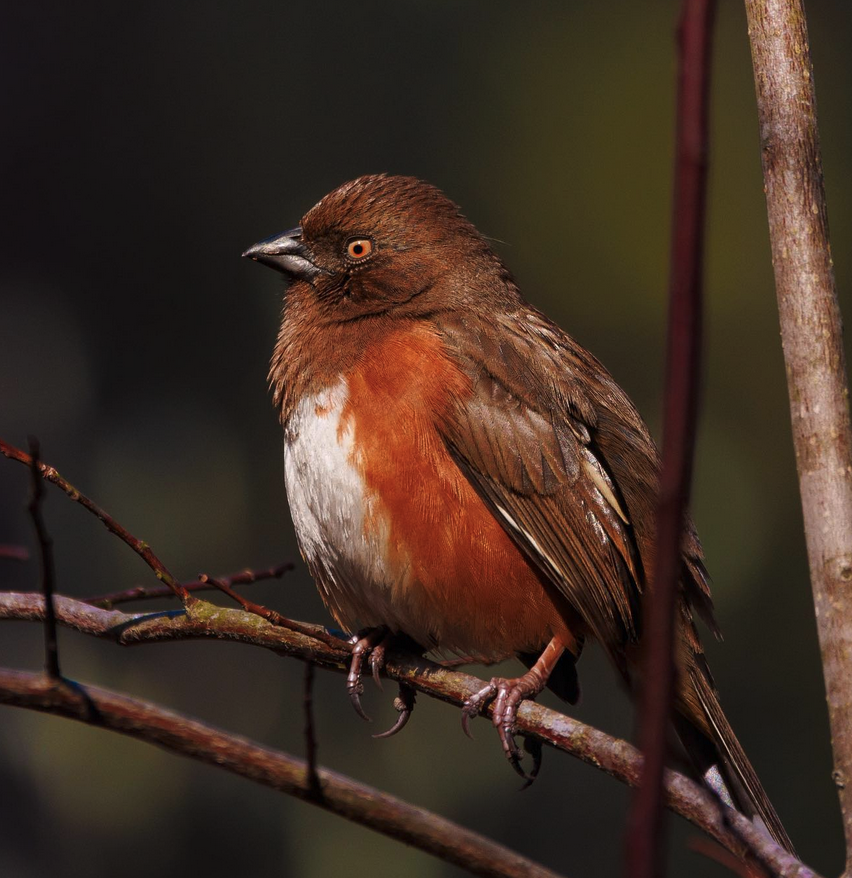
She spent most of her time rummaging on the forest floor among the leaf litter under a stand of small saplings.
Happily, she did fly up to land on a branch at eye level which offered a brief opportunity to grab a couple of photos.
Isn’t she beautiful?
Eastern Towhees come in two different varieties, the white-eyed and the red-eyed seen here. Years ago, they were known as the Rufus-sided Towhee but today both white & red eyed birds are lumped together under the Eastern moniker.



Breeding season will soon be underway for these lovely birds.
Towhees are generally ground nesters and will usually build their nest in a clump of leaves or in the tall grass at the base of a tree. They’ll also occasionally build their nests in tangled briars about 2 to 4ft off of the ground.Both parents take care of the chicks who will leave the nest around 11 days after hatching.Interestingly the young will hang out with their parents after fledging for a few months before moving on to scout their own territories.

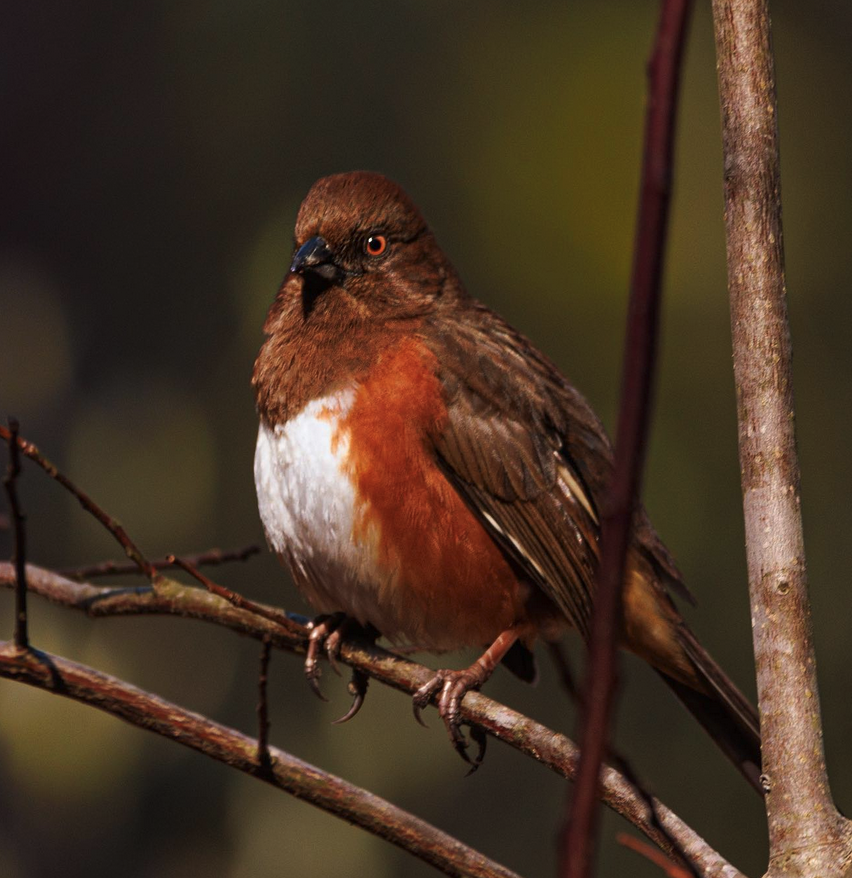
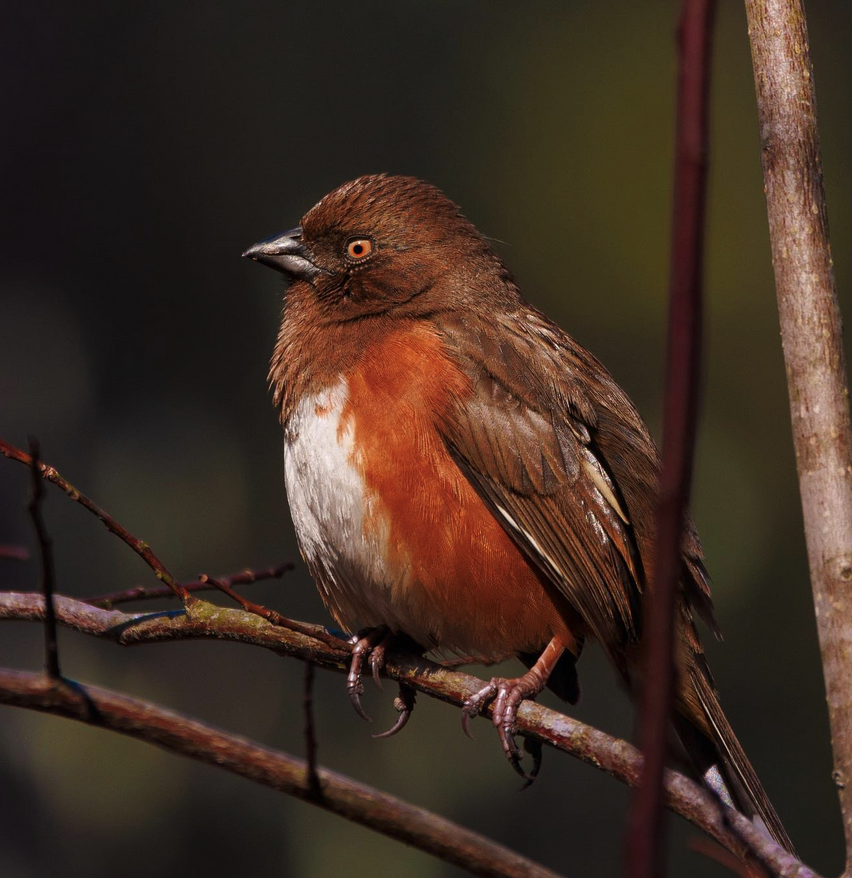
Eastern Towhees are a year round resident of NC and are one of a handful of species that nests from the coast all the way up to the higher elevations of the Blue Ridge Mountains.They are best found in areas where there is dense woods and scrub brush available for them to forage for a meal.I’ve had luck spotting them in thick bushy patches in the OBX, in dark Rhododendron thickets in the mountains and right here at Weymouth Woods.
Photos by @sally_siko of @bestlife_birding on my mighty mirrorless monster, the @canonusa #R5

